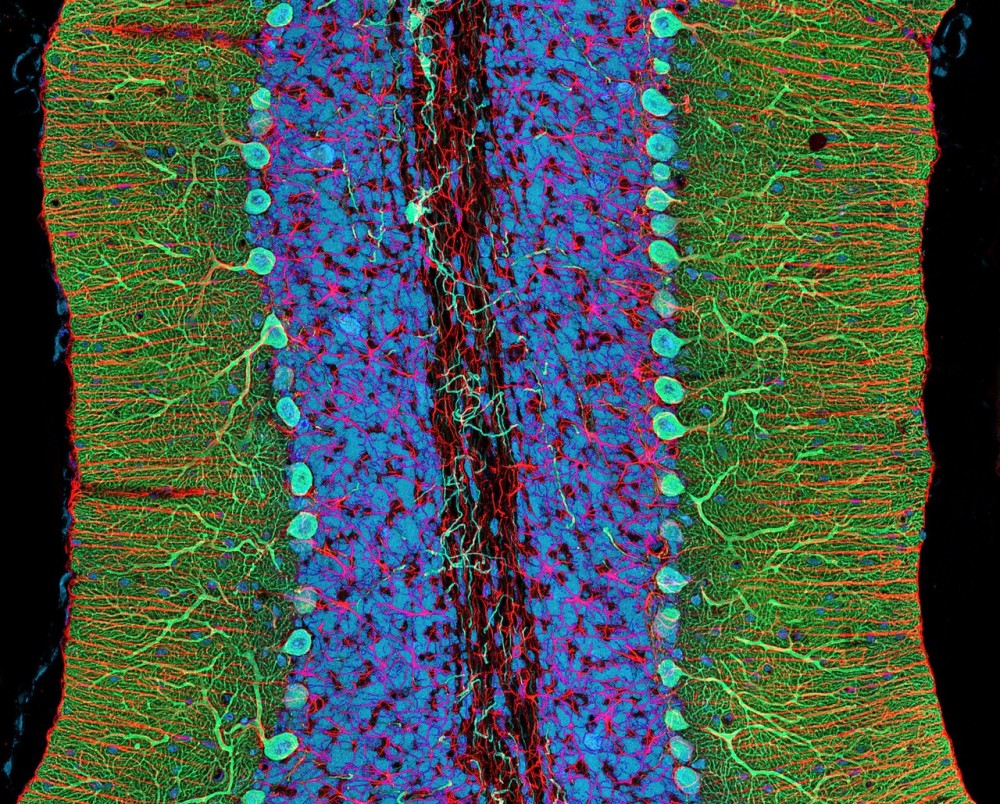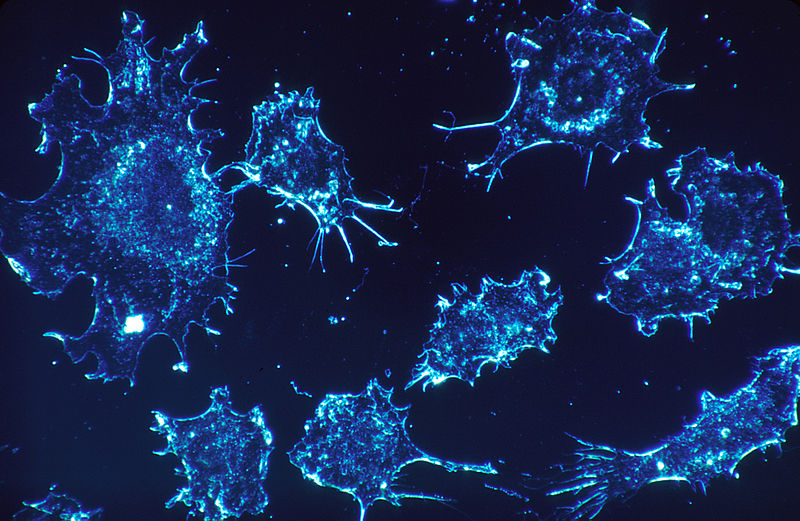Two Americans, Karel Svoboda and David Tank, and two Germans, Winfried Denk and Arthur Konnerth, shared this year’s $1 million Brain Prize, neuroscience’s equivalent of a Nobel Prize, for revolutionizing the study of the brain. The inventors “developed a new two-photon or ‘two pulse’ microscopy” optical technique using pulsed infrared lasers that provide images of brain cells and their connections, including synapses, in real time. The invention improves on conventional fluorescence microscopy in that fluorescent molecules which illuminate the structures are not exhausted by the technique.
According to the Brain Prize committee, the team won the award for “the invention, refinement and use of two-photon microscopy to provide detailed, dynamic images of activity in individual nerve cells, dendrites and synapses, thereby transforming the study of development, plasticity and functional circuitry of the brain.”
Revealing the Secrets of Living Brains
Two-photon microscopy scans the brain using light to reveal regions of the brain by illuminating them. The technique combines the latest science and technology in high-level physics and biology so researchers can see the finest structures of the brain. The technology allows researchers to simultaneously monitor thousands of synapses occurring in living brains.
Studying the brain at its most minute level is allowing researchers to understand better how neural circuits relate to cognitive processes including memory, decision-making, and physical processes such as vision, hearing and movement.
References and related content:







